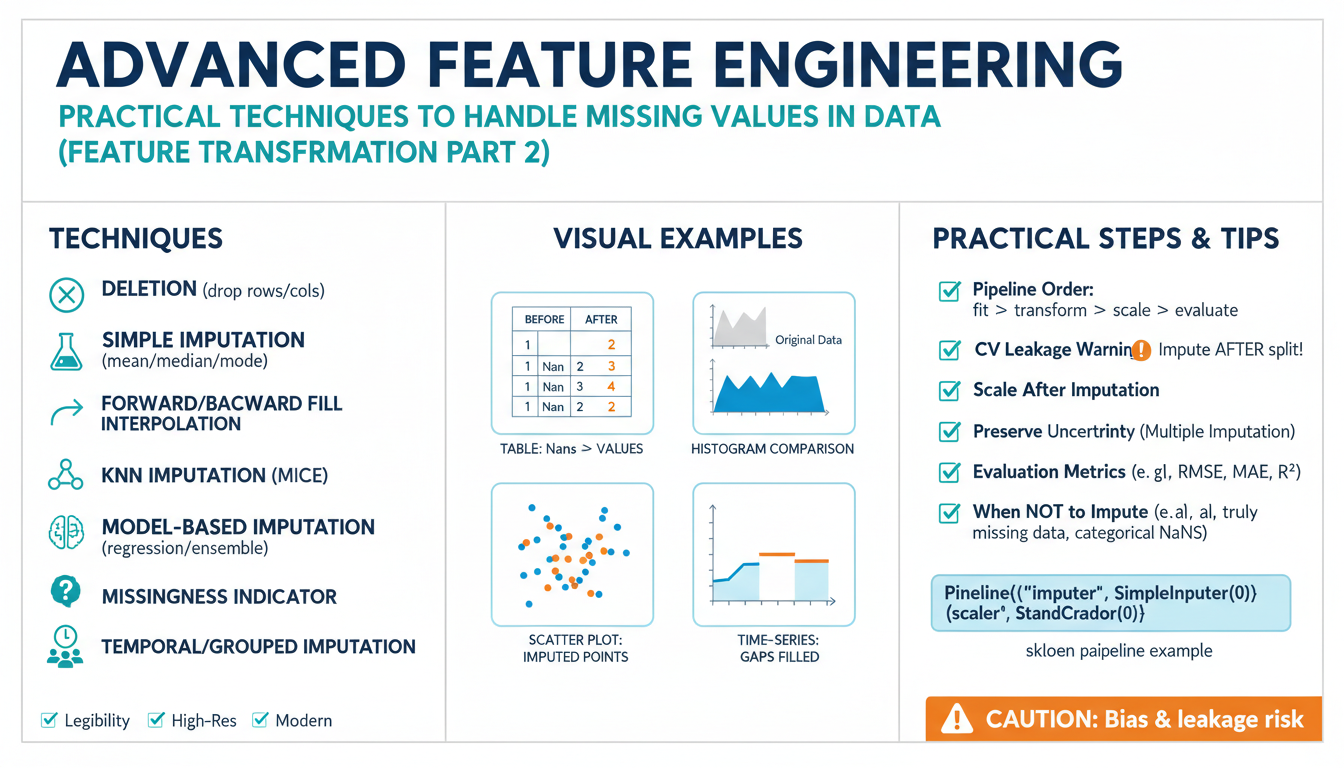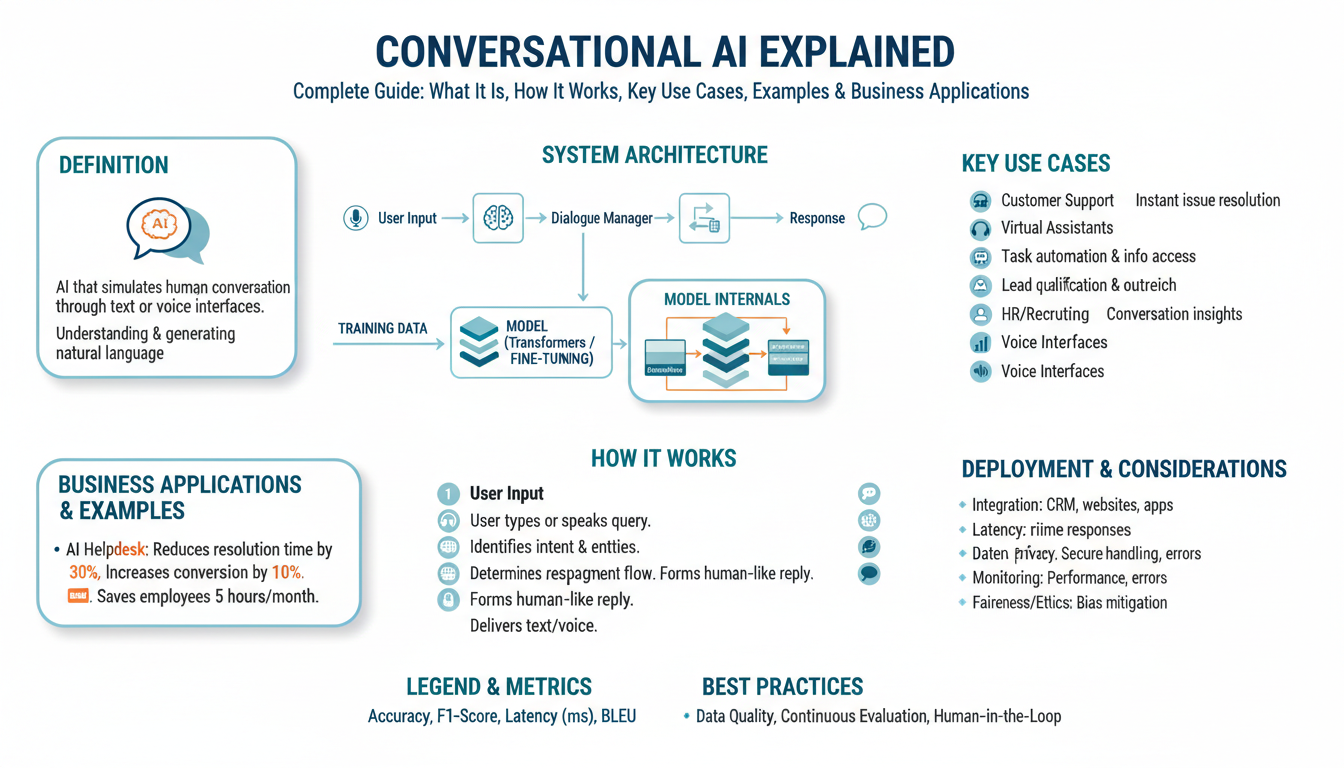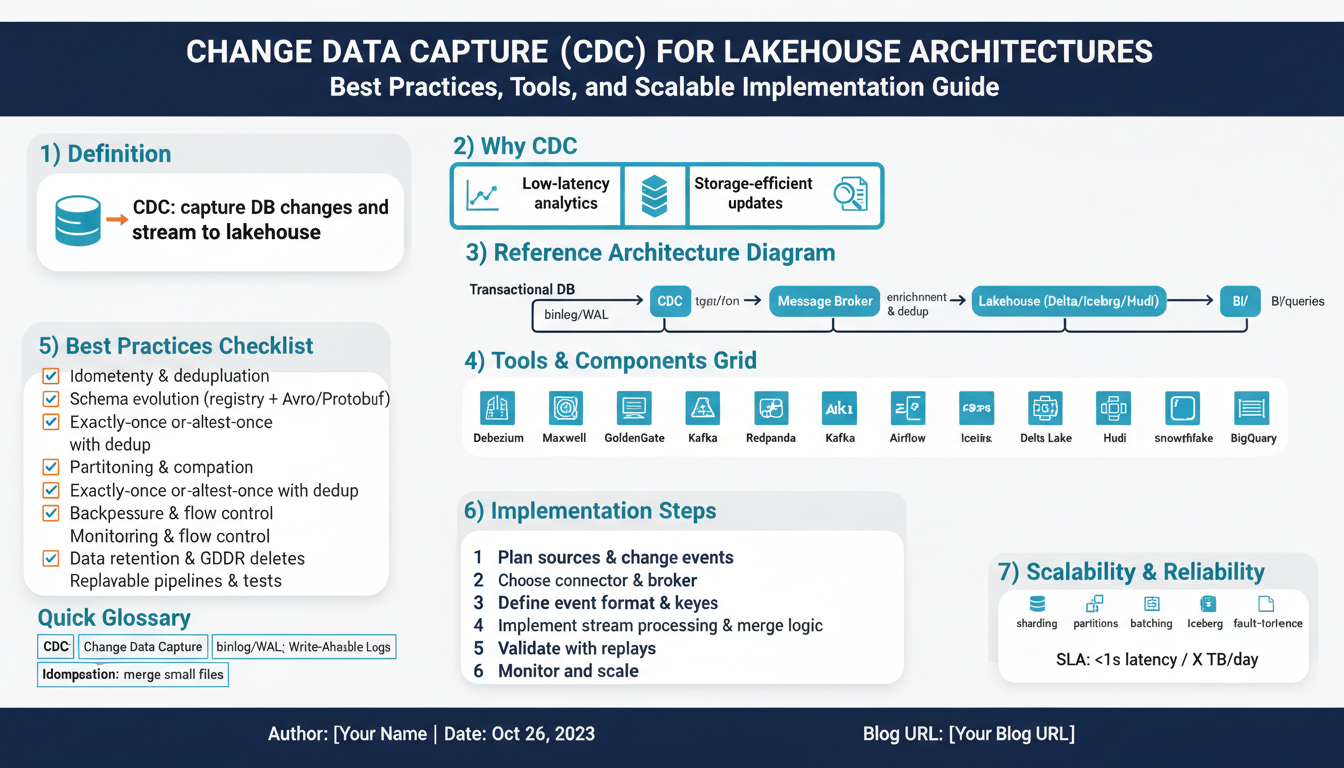The Rise of Open-Source AI: A Brief Overview
In recent years, open-source AI models have surged from academic research labs and corporate innovation hubs into the hands of developers, businesses, and enthusiasts across the globe. This movement is not just a trend—it’s a transformative shift in how technology is created, shared, and deployed. Open-source AI projects such as PyTorch, TensorFlow, and Hugging Face Transformers have helped lower the barrier to entry and foster vibrant communities, making it easier for people with a variety of backgrounds to participate in shaping the future of artificial intelligence.
Several factors have contributed to the rise of open-source AI models:
- Collaboration and Community: Communities like GitHub have enabled developers around the world to contribute code, fix bugs, and improve models collectively. This collaborative approach often results in faster innovation, as witnessed in projects like fast.ai which focus on making AI accessible for everyone.
- Transparency and Trust: Open-source models allow anyone to inspect the code, understand the algorithms, and verify results. Initiatives like OpenAI’s research publish findings for public use, helping to build trust and transparency in the field.
- Lower Costs: By sharing cutting-edge research and pre-trained models freely, organizations and individuals can leverage powerful technologies without enormous financial investment. This also fosters creativity, as small startups and independent researchers are now empowered to experiment with state-of-the-art tools without worrying about licensing fees.
- Education and Skills Development: Open-source AI gives students, educators, and autodidacts access to groundbreaking research and software. MOOCs and free online courses referencing open-source tools—for example, through Coursera or edX—have made quality AI education more widespread than ever before.
To illustrate, consider the recent development of language models such as nanoGPT by Andrej Karpathy, which provides an extremely compact and educational implementation of GPT-style models. Projects like this not only demystify the technology but also enable thousands of innovators to build, customize, and enhance AI solutions for diverse applications—ranging from healthcare to environmental monitoring.
As more people contribute to and benefit from open-source AI, the ecosystem grows richer and more dynamic, poised to tackle some of the world’s most complex challenges. The rise of these models marks a foundational shift in digital innovation, truly democratizing access and accelerating the pace of progress around the world.
How Open-Source Models Lower Barriers to Innovation
Open-source AI models are revolutionizing the landscape of innovation by making powerful tools available to individuals, startups, and communities that once relied solely on proprietary and often inaccessible technologies. By lifting the barriers that traditionally separated aspiring innovators from cutting-edge research and software, open-source projects empower a diverse range of contributors worldwide.
One of the primary ways open-source lowers these barriers is by providing free and unrestricted access to source code, datasets, and model architectures. This democratization of knowledge allows developers to learn from, improve upon, and adapt sophisticated AI models for their unique applications. For instance, initiatives like Hugging Face and PyTorch offer extensive libraries and pre-trained models, enabling users with varying skill levels to implement advanced machine learning tools without starting from scratch.
In academia and research, open-source AI models accelerate the pace of discovery. Scholars and students can replicate results, validate research, and push the boundaries of what’s possible in fields like natural language processing, computer vision, and robotics. Open collaboration has led to breakthroughs such as the development of transformer architectures and widespread improvements in speech recognition technologies, both of which are frequently shared and built upon in the open-source community.
Beyond just accessibility, open-source frameworks foster an atmosphere of transparency and trust. Developers can thoroughly review how models make decisions, test for biases, and audit code for potential security risks—enhancing both ethical AI development and societal trust. This openness is particularly crucial in sensitive domains such as healthcare and finance, where understanding model behavior is essential. For more on the rigorous standards in open-source development, see this resource from the Open Source Initiative.
For entrepreneurs and businesses, open-source AI removes financial constraints and license limitations that might otherwise stifle experimentation. This encourages rapid prototyping and iteration, helping small teams—and even individuals—bring game-changing ideas to market. Companies like DeepMind have released significant research to the public, allowing the entire industry to benefit from and build upon their progress, such as the revolutionary protein structure prediction tool AlphaFold.
Finally, the collaborative ethos of open source means community-driven improvements, bug fixes, and documentation updates are continually integrated, making these resources more robust and widely applicable. Grassroots developers, academic labs, and industry researchers can all contribute enhancements—resulting in a virtuous cycle of innovation that benefits everyone, not just those with institutional backing. For deeper insights, check out the foundational principles outlined by the Linux Foundation, a major advocate for open technical collaboration.
Real-World Applications Fueling Growth
The accelerating adoption of open-source AI models has led to explosive growth in real-world applications across diverse industries. This transformative momentum is not just theoretical; it’s visible in daily life, business innovation, and global problem-solving.
Healthcare advancements with open-source AI, for instance, have enabled hospitals and researchers to leverage sophisticated algorithms for diagnosing diseases, managing patient records, and predicting outbreaks. Projects like TensorFlow’s Healthcare initiatives support researchers by providing a robust, freely accessible framework for medical image analysis and patient outcome forecasts. Public datasets and model-sharing platforms accelerate collaboration, allowing clinics regardless of budget or geography to benefit from cutting-edge AI tools.
Education technology has also undergone a revolution powered by open-source AI. Adaptive learning platforms deploy open models to personalize content delivery, ensuring that every student progresses at their own pace. For example, the EdTech Hub supports projects using open AI tools to automate grading, language translation, and content customization—lowering barriers to quality education worldwide. These open innovations support both underserved communities and elite institutions.
Businesses, both large enterprises and startups, utilize open-source AI for process automation and productivity gains. By tapping into libraries like PyTorch and community-driven resources, companies can automate customer support with natural language processors, enhance supply chain management through predictive analytics, and improve marketing strategies using machine vision. For example, IBM Watson OpenScale demonstrates how open models are used to scale, monitor, and improve AI deployments in real-time.
Sustainability and environmental monitoring equally benefit from open-source AI. Tools built using platforms such as Google Earth Engine allow researchers and policymakers to analyze satellite imagery, track deforestation, monitor agricultural trends, and respond to natural disasters more effectively. These solutions, once the preserve of well-funded research institutes, are now accessible to grassroots organizations and policy advocates.
The steps fueling this growth include:
- Community collaboration: Developers around the world contribute improvements, ensuring models evolve rapidly to solve new problems. Platforms like GitHub facilitate sharing and version control, enabling seamless teamwork.
- Public datasets and benchmarks: Open publication of data fuels innovation, making it possible to test, validate, and improve models on real-world challenges. Initiatives like Papers with Code link research papers with code and datasets, bridging theory and practice.
- Freely available tools: Open-source frameworks like scikit-learn and Hugging Face empower anyone to experiment with, deploy, and adapt AI models without licensing barriers or vendor lock-in.
These practical, accessible applications illustrate how open-source AI is no longer a niche movement but the engine propelling technology forward in real-world scenarios. This democratization is empowering innovators and organizations to address complex challenges collaboratively, ensuring the benefits of artificial intelligence reach everyone.
Community-Driven Development and Collaboration
The rise of open-source AI models has been nothing short of transformative, particularly due to the collective power of community-driven development and collaborative innovation. Unlike proprietary models kept behind paywalls or controlled by a handful of organizations, open-source initiatives thrive on transparency and global participation. Communities formed around projects such as TensorFlow and PyTorch are testament to how collaborative environments fuel rapid improvements and diversify the pool of contributors from academia, industry, and independent researchers.
Collaboration is at the heart of this movement. Developers worldwide contribute code, share datasets, and submit bug fixes, creating a robust peer-reviewed ecosystem. For example, the collective efforts behind the Hugging Face Transformers library have enabled advancements in natural language processing that would have taken years for a single entity to achieve. Contributors not only add model architectures but also translate documentation, democratizing access regardless of geography or native language.
The practice of open discussions, code sharing via platforms like GitHub, and the publication of peer-reviewed papers (often on preprint servers such as arXiv) lowers barriers for entry and enables non-traditional actors—such as students, freelancers, or hobbyists—to participate meaningfully in state-of-the-art research. The “many eyes” principle also increases the chances of identifying and resolving biases or security vulnerabilities, making systems safer for everyone.
Community-driven development also empowers regions and groups who were previously underrepresented in technology. Initiatives like Masakhane bring together volunteers across Africa to build AI models for a broad range of African languages, countering the dominance of English and a handful of major languages in mainstream AI. Such collaboration ensures AI serves global needs instead of just corporate or Western interests.
Ultimately, community-driven collaboration accelerates the pace of innovation in AI. The open exchange of tools, methods, and findings means breakthroughs can be shared immediately, building a virtuous cycle of improvement and motivation. It’s no exaggeration to say that today’s robust open-source AI communities are laying the foundation for a more equitable and inclusive technological future—one shaped by the many, not just the few.
Challenges and Limitations of Open-Source AI
While open-source AI models are paving the way for technological democratization, they also introduce a host of challenges and limitations that can impede their potential. A nuanced understanding of these hurdles is essential for any organization or individual looking to leverage open-source AI in transformative ways.
Quality Control and Reliability Concerns
One of the most pressing issues with open-source AI is the variability in quality and reliability. Unlike proprietary AI systems, which typically undergo rigorous industry testing, open-source models may not meet the same standards of accuracy, robustness, or security. Since these models are collaboratively developed and maintained, inconsistencies in code quality and documentation can lead to inefficient or even erroneous results. This poses a significant risk in critical sectors like healthcare or finance, where mistakes can have far-reaching consequences. For a deeper dive into the complexities of AI quality assurance, Stanford’s overview on AI model evaluation provides valuable insights.
Security and Ethical Risks
Open-source models are, by design, widely accessible — a double-edged sword. While this fosters innovation and collaboration, it also increases vulnerability to exploitation. Malicious actors can repurpose openly available AI models for harmful activities such as generating deepfakes, spreading misinformation, or automating cyberattacks. Moreover, because open-source communities may not always prioritize or have the resources for robust ethical oversight, there is a risk of bias or unintended consequences going unchecked. The MIT Technology Review highlights these ongoing challenges in their examination of open-source AI and security concerns.
Resource Intensiveness and Accessibility
Although open-source AI makes advanced tools more widely available, harnessing their full potential often requires significant computational resources. Training state-of-the-art models typically demands powerful GPUs or cloud infrastructure, which may be cost-prohibitive for smaller organizations or under-resourced communities. Additionally, effective usage and customization demand skilled personnel with expertise in machine learning and software engineering, further limiting who can truly benefit. The Nature article on AI accessibility elaborates on the technical and financial barriers that persist despite open availability.
Governance, Maintenance, and Fragmentation
With many open-source AI projects managed by distributed communities, there is often a lack of unified governance. This can lead to version fragmentation, where different forks of a model diverge, making it difficult to track updates or ensure compatibility across implementations. Maintaining and updating large-scale open-source projects also hinges on sustained contributions from the community, which may wane over time. This poses risks to the long-term reliability and relevance of these tools. The Linux Foundation’s guidance on open-source governance underscores the importance of structured maintenance and community alignment in avoiding project stagnation or obsolescence.
Intellectual Property and Licensing Ambiguities
Finally, open-source AI projects are subject to complex licensing frameworks that dictate how models and data can be used, adapted, and distributed. Misunderstanding these licenses can expose users to legal liabilities, especially when integrating open-source AI into commercial products. Furthermore, data sets used to train these models may carry their own usage restrictions, adding another layer of complexity. The Harvard Law Review’s analysis of intellectual property and AI provides clarity on these nuanced legal landscapes.
Addressing these challenges is a collaborative effort that requires not only technological innovations but also robust policy frameworks, targeted education, and sustained investment in community governance and ethical standards.
The Role of Open-Source in Education and Skill Development
Open-source AI models are playing a transformative role in modern education and skill development, breaking down traditional barriers and making advanced technology accessible to a global audience. By making high-quality AI tools and research freely available, open-source initiatives are not only enhancing the learning experience but also empowering individuals with the skills needed to thrive in today’s rapidly evolving digital landscape.
One of the most significant impacts of open-source AI in education is the democratization of learning resources. For instance, platforms like TensorFlow and PyTorch provide comprehensive libraries, documentation, and tutorials for students, educators, and self-learners around the world. These resources bridge the gap between academic theory and real-world AI applications, enabling learners to experiment with cutting-edge technologies without the need for expensive software licenses or proprietary systems.
Open-source AI projects also foster a collaborative mindset. In many cases, students and educators alike contribute to the development and improvement of these models. Academic institutions are increasingly integrating open-source AI tools into their curricula, allowing students to work on real datasets, build their own models, and even contribute to large-scale collaborative projects. For example, the Google AI Education portal offers open resources and hands-on guides that encourage exploration and community engagement, helping learners develop both technical expertise and problem-solving skills.
Furthermore, open-source AI initiatives are leveling the playing field for learners in underserved or low-resource communities. Organizations such as MIT and Coursera partner with open-source projects to deliver free or affordable AI courses. These collaborations provide learners with invaluable opportunities to master in-demand skills like machine learning, natural language processing, and computer vision, regardless of their geographic or economic background. By lowering both financial and entry barriers, open-source AI is fostering a more inclusive and diverse global technology community.
Finally, open-source AI prepares individuals for lifelong learning, which is essential in a field that evolves as rapidly as artificial intelligence. Access to public repositories, such as those found on GitHub, exposes learners to ongoing model improvements, research papers, and active discussion forums. This constant flow of updated knowledge ensures that students and professionals can stay current with the latest advancements and best practices in AI, while also building a portfolio that demonstrates their hands-on skills to potential employers.
In summary, the influence of open-source AI on education and skill development is profound. By opening doors for collaborative learning, expanding access to vital resources, and encouraging lifelong engagement, open-source technologies are not just reshaping educational paradigms—they are setting the foundation for a more innovative and equitable future in AI.



